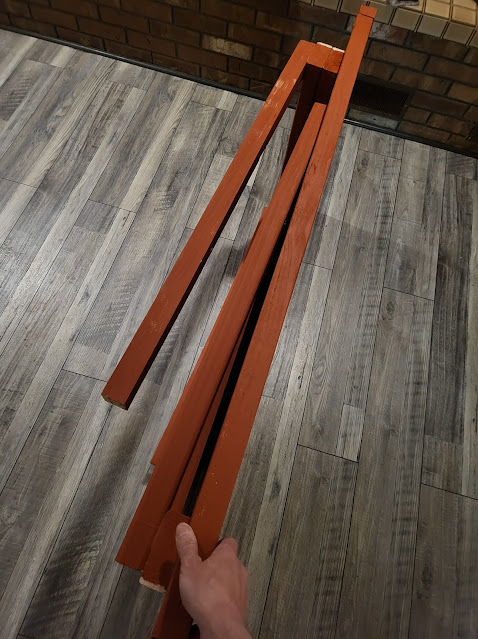Codex Amiatinus Part 1: The Folding Table
Sort of!
The Codex Amiatinus was penned in the 8th century by none other than the Venerable Bede himself, a Northumbrian monk. Bede traveled from Northumbria to a variety of other churches and monasteries throughout Europe before and during his work on the Codex, which survives today as a massive illuminated vellum tome over a foot thick.
Bede drew several illuminations that, for his time, would have been very new and revolutionary. This image, for example, is of Ezra-- the first known illumination Ezra of any kind-- after Bede came to some sort of revelation about Ezra's life as a monastic scribe. And yet, as was common during the entirely of illuminations, this image was actually a sort of a copy. Bede, while on tour, actually traced an image from a 6th century manuscript (what exactly he traced is shown in an image below), knowing he would fill in the details later. The original was likely depicting a Roman setting. When he drew this illumination, he compiled the details himself with items of his own day, a sort of "fill in the blank" style. Interestingly, it looks like he wasn't very familiar with folding tables, because he wasn't quite sure how to draw it-- but this was not a detail he copied from the original, so it is reasonable to think that he was trying to represent one of his own time.
I came across this right after a discussion about making more camp gear. The message was clear-- I needed to build this. But as gear that I would transport to events, I needed it to be practical, so there would have to be some modern secrets involved.
Overall I'm very pleased with the table! It will definitely be a head-turner at events and will suit our needs very well. Now I guess I have to make the rest of the set...
All thanks to the Venerable Bede.












Comments
Post a Comment